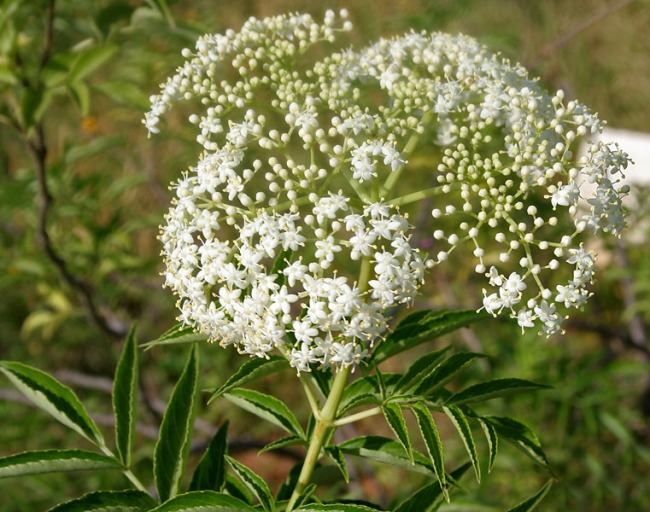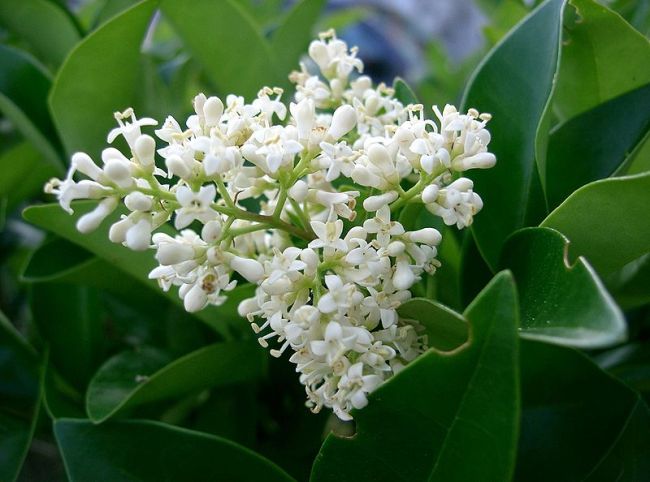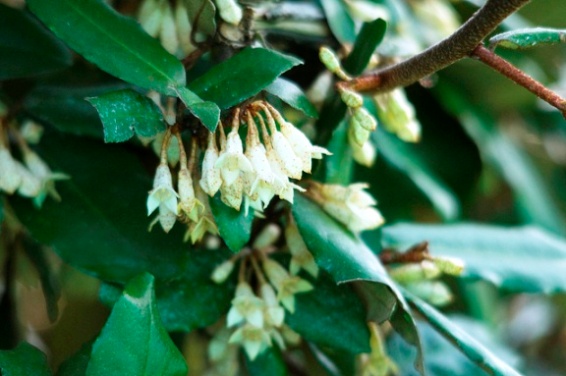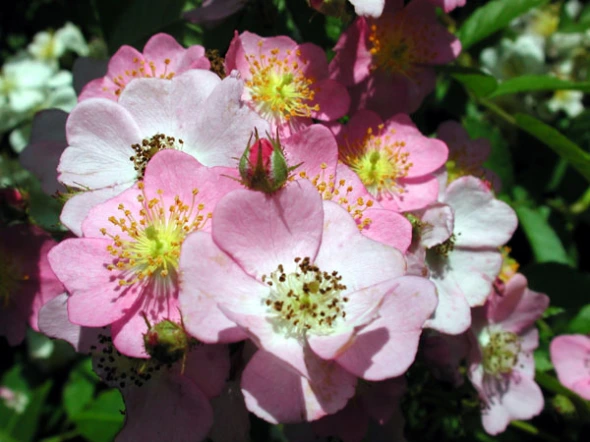
Rosa multiflora. David G. Smith. 2009. http://www.discoverlife.org.
Roses are a gardener’s delight most of the time. What’s not to love about the beautiful flowers and heavenly scent? Maybe the thorns are a bit much, but every rose must have its thorn right? Well, some roses are a thorn in our side as horticulturalists, landscapers, and conservationists. Unfortunately, some roses have gone on to escape cultivation by throttling the underbrush of the countryside, particularly in the Southeastern United States. Their thorny nature and sprawling habit make them hard to pull out of unwanted places, and only come back when having been pulled out. Yes, unfortunately its true, some roses are a NIGHTMARE!
Some will never find anything bad to say about roses, but I for one have a problem with R. multiflora. The multiflora rose is a thorn in my side, as I often come across them having to weed garden beds. While the multiflora rose is not the worst offender when it comes to thorns, they grow relatively quickly. The plant is unassuming at first, being a weedy, thorny, sprawling rose, growing to be ten feet tall by fifteen feet wide at their largest. The rose flowers come in corymbs of small white single flowers or pink multiple flowers (this is another variety actually- v. cathayensis.) The plant spreads by its abundant seeds in the red hips that adorn the plant throughout the winter- birds love to eat them and spread them in their feces.
This rose was introduced from Asia in an environment quite like that of the Southeastern United States. Introduced as a conversation measure for erosion control, it quickly spread to being everywhere in the disturbed parts of the lower Appalachians. It is considered now a noxious weed, unfit for cultivation in its range. The flowers fragrance is not worth saving, as its too light to appreciate otherwise, and makes no impact when grown in cluster on the nose or the eye.
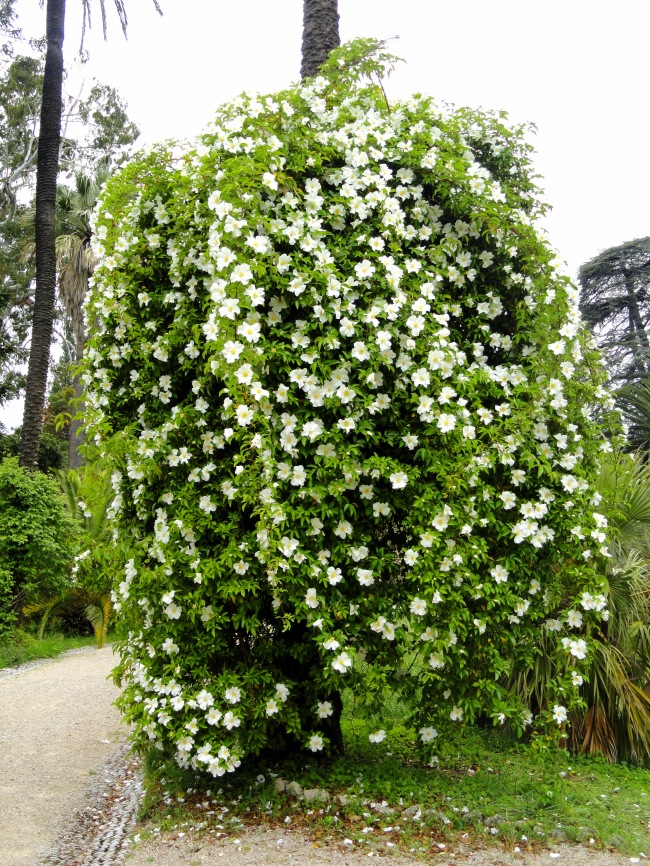
Rosa laevigata. Daderot. 22 April 2011. Wikimedia Commons.
Another rose that has been introduced, but is not as hated, is the Cherokee rose. This rose is from farther south in Asia, closer to Southern China, Taiwan, and Vietnam, giving it a limited hardiness range in the United States (generally to zone 8.) Where this evergreen climbing rose will grow, it will grow in abundance, but it is not beyond salvation. This rose has a very unique fragrance for a rose, almost as sweet as Gardenia, and makes for an excellent climbing rose on trellises. This rose tends to bloom white, with large identifiable blooms from a ways away, and nice yellow stamens, making for a brilliant impact.
This rose has been linked to the Trail of Tears in U.S. history, and more recently, has been featured in the Walking Dead. It is the state flower of Georgia (although if we were going to make any introduced flower the state flower of Georgia it should be the Crepe Myrtle, but I digress…) where it grows nicely.
Truth by told, many of the roses introduced could be invasive to the U.S. in one place or another. One example is the dog rose, R. canina of Europe, another favorite of English poets, as it grew very nearly everywhere in the countryside in its day. Its invasive to cooler parts of the Eastern U.S., but is not as noxious as the others above. This particular rose also has a nice rose scent, and its hips make excellent jams. Hopefully, the next post will wrap up roses as I do wild ones to the United States, then its on to lillies!


